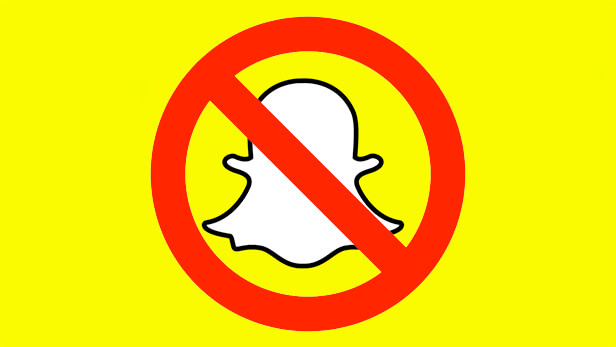
Immediately after releasing the Power key, press and hold the Volume down key.When "SAMSUNG" appears on the screen, release the Power key.Press and hold the Power key past the model name screen.This way you will be able to identify the app and sort the problem. If the problem lies with some app you have installed, then this will make it evident. This mode means that third-party apps will be disabled.

My best idea would be to try the device in safe mode. That sounds like an annoying problem to have so I’ll give you my best idea to what the problem could be. While this has not happened to me personally, I have heard of something like this happening before. You should drag it to turn off your iPhone.Hi. Then a prompt with a red slider showing ‘ slide to power off’ will appear.Begin by pressing and holding down the Side or Power button for a few seconds.Weirdly, there are times that it doesn’t properly set the modified settings, so it’s best to try it again just to be sure.

Just in case restarting your iPhone did not make any difference, you can try doing it one more time. Take note that it is always a best practice to restart your iPhone after modifying your settings to be certain that the settings have been really modified. When you have finished tweaking your settings, it will be best to proceed with restarting your phone. If you have the same issue with your iPad, you can definitely try this step as well! We’re hoping it’s just that simple, as we are heading over to some more complicated steps in our list.
#Louder app snap there was a problem pro
Once you’re done, check if that has fixed your iPhone 12 Pro speaker audio issues.
#Louder app snap there was a problem Bluetooth
After that, look for the Bluetooth icon and make sure it is disabled.Begin by swiping up from the bottom of your iPhone from your home screen.Here’s how you can turn off your Bluetooth: On top of that, connectivity errors or hardware issues can arise, causing your speaker audio to malfunction. Unfortunately, even if you are not connected to a Bluetooth device, your iPhone can still send packets of data to phantom Bluetooth devices, which is considered a bug. This can also be the case for you if you are connected to a Bluetooth device, like your AirPods Pro or Apple Watch. Remarkably, turning off the iPhone’s bluetooth seemed to have also worked for some users. Thankfully, this has already resolved your issue, just like what other users experienced first hand. With that out of the way, try using your speaker when listening to music or watching videos. Next, go to Sounds and select Headphone Safety.Here’s how you can turn on ‘Reduce Loud Sounds’ on iPhone 6 (or earlier): Lastly, drag the slider to 90 decibels or higher, depending on your preference.Next, go to Sounds & Haptics and select Headphone Safety.Here’s how you can turn on ‘Reduce Loud Sounds’ on iPhone 7 (or later):

When enabling this setting, you can also adjust the maximum decibel level, which will also protect your hearing. What the ‘Reduce Loud Sounds’ setting does is to allow you to adjust your iPhone’s maximum volume when listening to music and watching videos. According to them, turning on this setting restored the speaker audio. Just like turning off ‘Change With Buttons’, turning on ‘Reduce Loud Sounds’ was also a tested method by some users. Good thing that doing this will also resolve the ringer volume issues on your iPhone, so let us know how it went!

Here’s how you can turn on ‘Change With Buttons’ on iPhone 6 (or earlier): Begin by opening up your iPhone’s Settings app.Here’s how you can turn off ‘Change With Buttons’ on iPhone 7 (or later): Doing this should prevent the issue from happening. On top of that, turning off ‘Change With Buttons’ will enable you to lock the volume settings under the ‘Ringer and Alerts’. Luckily, some users stated that turning off this setting resolved the iPhone 12 Pro speaker audio issues. Regrettably, if you still see the same issue after removing your phone case, you may proceed with turning off ‘Change With Buttons’. Hopefully, this is all that you need in order to fix this issue, but don’t get worked up if it did not make any difference as we still have a lot more things that you can try on our list. Then make sure to monitor if the same issue will come back. This will allow your speaker to adjust and eventually go back to its default audio quality. An easy way to test this is to remove your phone case for a few hours.


 0 kommentar(er)
0 kommentar(er)
